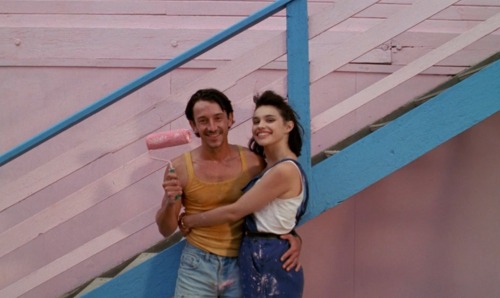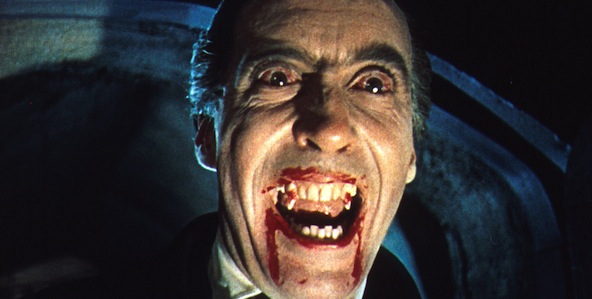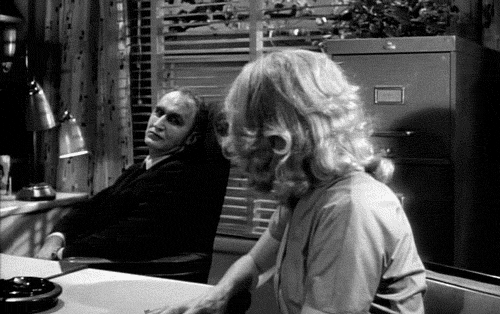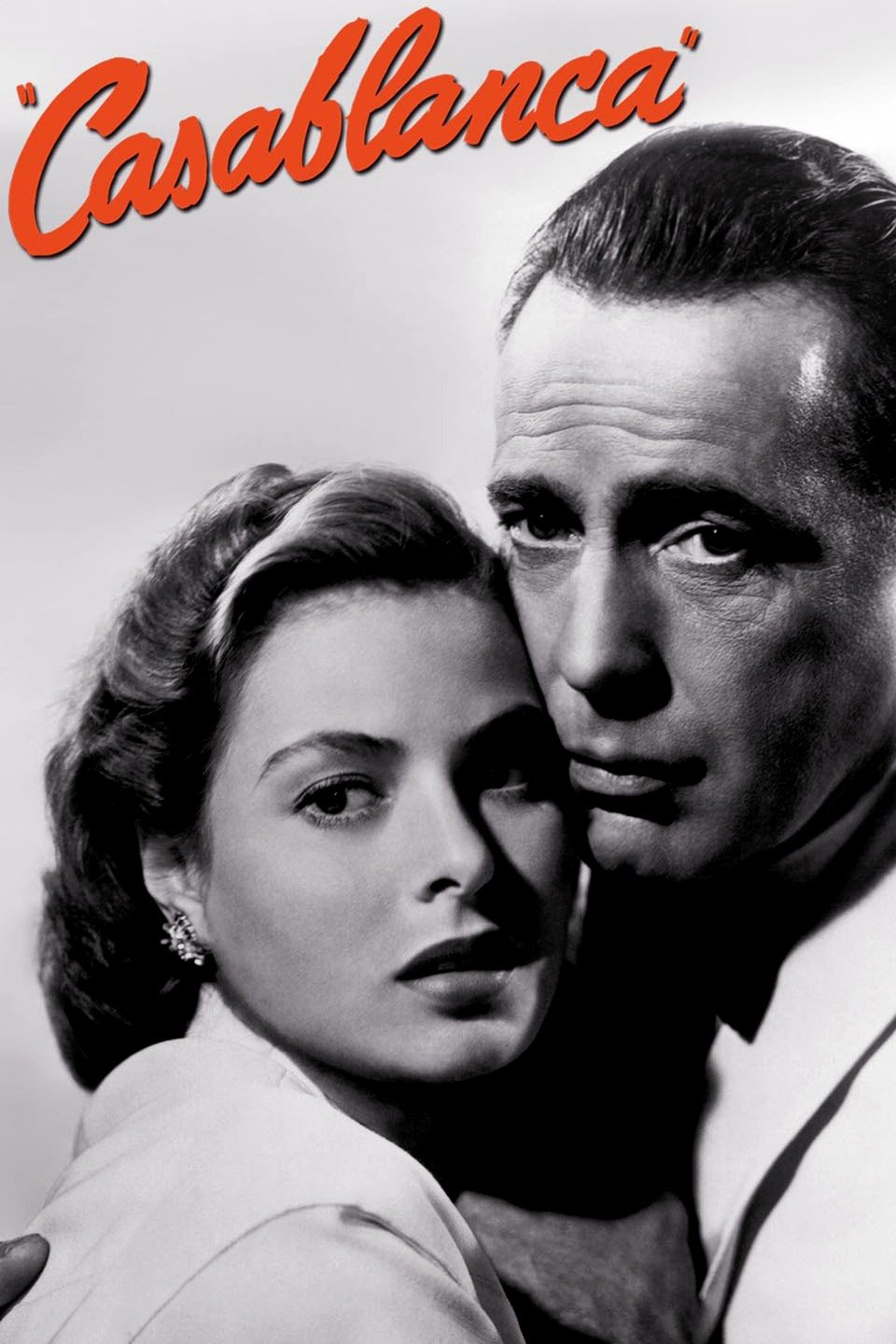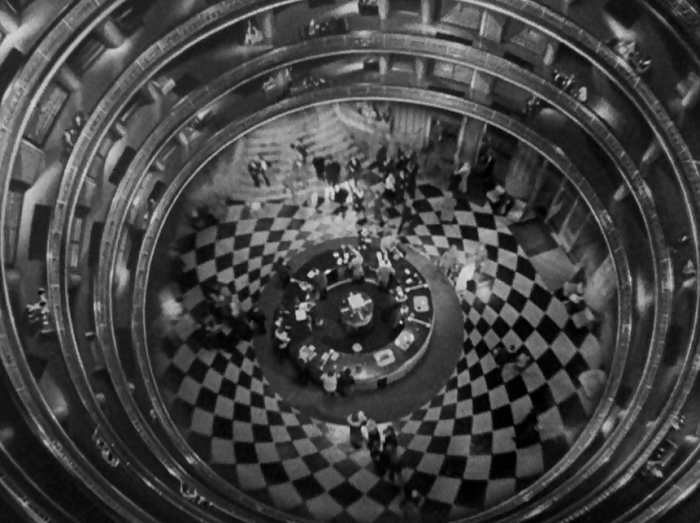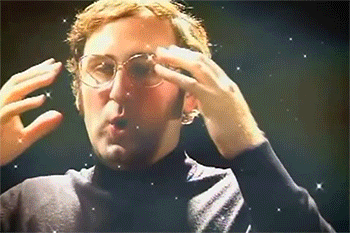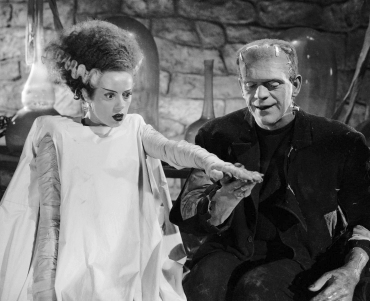This week we discussed New German Cinema and screened the film Run Lola Run, directed by Tom Tykwer. The film contained many underlying themes and used distinct visuals to reflect German pop culture. According to the article, “Tykwer belongs to a generation of Germans that embraces popular culture rather than criticizes it as a colonization of the mind and a form of cultural imperialism.” The film very well displays postmodern Germany during this time.

The film follows Lola (Franka Potente) who is trying to save her boyfriend, Manni (Moritz Bleibtreu) after he loses 100,000 marks he owes to an organized crime boss. Lola is seen running across Berlin, attempting to get an insane amount of money and to Manni before he tries something stupid, and she only has 20 minutes. Lola runs into different characters of the city, and we see each of their fates as she passes them. There are three different narratives that play out and each time leads to a different fate.

There are many ways you could look at this film to get a sense of what it means. The film has multiple themes including time, love, chance, life as a game, and fate (just to name a few). One of the most obvious themes of the film is time. Time is constantly being symbolized throughout the film. The movie starts with an image of a pendulum of a clock swinging back and forth and the sound of ticking noises in the background. There are many moments in the film where the main character, Lola, seems to be running out of time to find and save Manni. Tykwer represented time symbolically by showing images of clocks, incorporating energetic music into his scenes as well as ticking clock noises, and Lola is seen asking people for the time. The film clearly shows how time has this power over the characters. Lola is running in order to save her lover Manni which in itself is also a theme between these different timelines. Love could be looked at as being able to defy the boundaries of time and space.
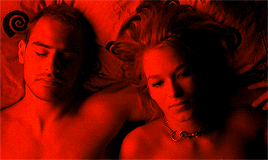
The soundtrack does a really good job at emphasizing the symbolism and themes of the film. There are many different sounds used in the film other than the dialogue and music, for example, the sound of gunshots, telephones, clocks ticking, sirens, cars, people, and just the sound of the city in general. Some of the sounds used are exaggerated to show the importance of it, for instance, loud ticking noises to stress the impact of time.The electronic techno soundtrack gives the film a more thrilling, fast paced, energized effect and matches well with the connected flow of the editing. The music really helped build the momentum as we watch Lola’s running progress between 3 different alternate timelines. The upbeat rhythm of the film and exciting mood creates a more exhilarating experience for the audience.
Overall I really enjoyed watching the film, even the second time around. It is still just as fun and exciting, and you may come across new details on each watch. I love the colors in this film and the animations. I also love Lola’s character and her loyalty to Manni throughout the entire film is pretty amazing. The ending of the last narrative was really the ending I was hoping for, if only they would show a little of what happened after they realize they have 100,000 marks for themselves.

I have taken a few film courses throughout my years here and I have loved each one! I always knew I was drawn to cinema but it wasn’t until taking these courses that I grew more of an appreciation and love for specific movements and films that I wouldn’t have even known about if I hadn’t taken them. The first film class I took was international film (which if offered again I highly recommend). Looking into international cinema, I was amazed at how many films open the doors to reveal the culture and history of that specific country. Just from watching those films I was able to learn more about how life was in those specific places during certain times. After taking that course, I wanted to further my knowledge on cinema so I signed up for more film courses as the semesters went on. This then lead me to take a video production course which I also loved (which is also really fun and you should take if offered again!). In this course you get to do hands on work, with equipment and editing. You learn about the processes in video production, basic techniques of digital production, how to edit your videos, how to set up lighting, how interviews typically work, the two types of editing, and you create your own original works with your classmates. Since I loved filming in that class, I even decided to do an independent study called Dance for Camera where I choreograph a dance piece and set it up to be shot on camera. This was amazing to me because I was able to combine the two things I am passionate about, my minor and major in one class. Where I am going with this is.. taking these film courses have opened my eyes to new passions I didn’t even know I had. Although I am sad I won’t be able to take more film classes in Alfred, I definitely plan to continue to expand my knowledge on film and video outside of school and continue to explore the two mediums of dance and film. Thank you Dr. Schlegel for all the semesters full of great films and great lectures!

